We’ve got quite a stack of most excellent Warner Archive releases to look at this week!
***
Jonathan Livingston Seagull (1973)
Now is as good a time as any to confess that, despite it being nearly two years since my first entry in the so-called Neil Diamond Project, I never stopped working on it. For a long time, I felt there was no need to cover the cinematic strangeness known as Jonathan Livingston Seagull, in part because Adam Zanzie at Icebox Films did such a stellar job of it here. His a post is a must-read, as are the comments, and is pretty much your one-stop shop for all things Jonathan Livingston Seagull.
But then Warner Archive released this really lovely MOD DVD of the film, and I realized there is a fascinating story to be told here. Further, the film is due for a significant re-evaluation by a culture who isn’t being swallowed whole by Me Generation-funded faux philosophy, and by critics who aren’t preoccupied in a quest to find that one thing that would prove once and for all that Neil Diamond wasn’t punk, and they’re telling everyone. (Note: Said proof arrived in 1978.)
Based on the Richard Bach allegorical novel of the same name, JLS concerns Jonathan, a seagull who yearns to fly higher and faster than anyone ever has, but is urged by his fellow gulls to stick closer to earth and not take any risks. It’s a fable, of course, and a charming one in the book, though the film was a notorious flop, while the soundtrack is frequently the only thing praised about Jonathan Livingston Seagull. That’s unfortunate, as the cinematography is astounding, absolutely gorgeous, and what the filmmakers achieved with the live seagulls is nothing short of astonishing. The book the film is based on is a little thin philosophically, though I personally think it’s ideal for cinematic interpretation. Unfortunately, director Hall Bartlett’s vision included voiceovers for the seagulls, and that’s where it all falls apart.
It also falls apart at the scenes of violence against the birds, which producer-director Hall Bartlett always claimed was staged. News reports at the time say dozens of birds were killed during filming, many from bleaching their feathers, while Bartlett said only two died from natural causes. I suspect the truth lies in between, though some scenes are difficult to watch whether they were staged or not.
The film has its diehard fans, many who, like me, first saw this in a high school English class, and for those who haven’t seen it, it’s definitely worth a watch. It’s also worth much more than a blurb; I wouldn’t go so far as to suggest you hold your breath, but in the somewhat near future, a full-length post about JLS will find its way here.
The MOD DVD is identical to the out-of-print Paramount version, which goes for $70.00 or more on Amazon. This is what Warner Archive is all about, folks: Giving us unreleased or out-of-print films at prices that don’t give us ulcers. The disc comes with the English mono soundtrack, French soundtrack, and English subtitles.
***
This spectacular four-film set showcases Danny Kaye during 1945-1948, in the Technicolor musicals that made him famous. The transfers on these are absolutely gorgeous, and though I’ve only had time to see A Song Is Born — yeah, I know Hugh Herbert hangs around in this film, but c’mon, Lionel Hampton makes an appearance! you can’t beat that — I find the Goldwyn years Danny Kaye to be the most fun, so I’m looking forward to seeing the rest of the set.
These MOD DVDs are “replicated discs,” i.e. from sources that have already been used for previous releases, mostly laserdisc, I believe. They’re bare bones as far as features go, but well worth the price, and it’s exciting to see these films get a new (or for a couple, a first) DVD release!
***
The Horn Blows at Midnight (1945)
Still one of the more popular posts on SBBN and still one my favorite films, The Horn Blows at Midnight recently got its DVD re-release through Warner Archive… and boy were we excited to hear it!
For decades considered a rotten film because Jack Benny himself said so, repeatedly, for years, The Horn Blows at Midnight has received quite a bit of new-found respect lately, thanks to showings on TCM and a small but fierce DVD release several years ago. As I’ve already summarized the plot in full before — and don’t read that if you want to avoid spoilers! — I won’t go into it again, though a brief plot description wouldn’t do anyone any harm.
A live radio show band member falls asleep during a coffee commercial and dreams he is the angel Athanael, sent to Earth to blow the final trumpets at midnight and signal the long-foretold end of the world. Sounds like a laugh riot, huh? Well, it is! In a decidedly Looney Tunes manner, Athanael navigates the wacky world of New York City, discovering a pair of fallen angels while he’s at it, and adding as much gay subtext as possible without getting arrested by the vice squad.
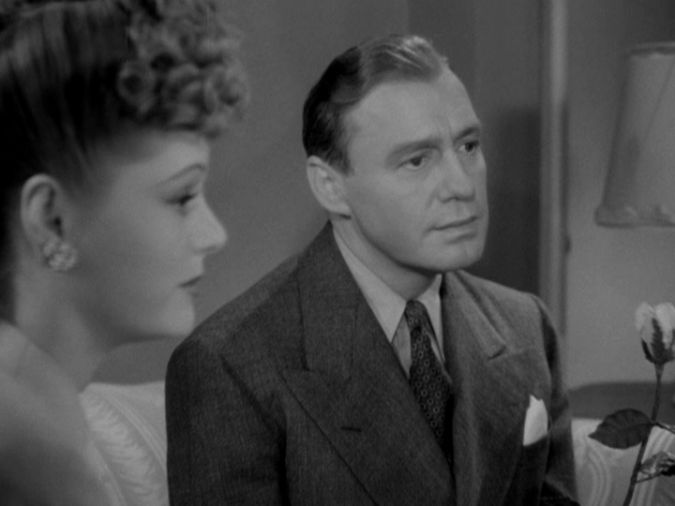 If you think this little look of his is subtext, wait ’til you see the pickle scene.
If you think this little look of his is subtext, wait ’til you see the pickle scene.
An all-star supporting cast and wacky hijinks make this a fun film, and the finale with the enormous coffee set is nothing short of spectacular. The Warner Archive MOD DVD is a gorgeous print, so clear that for the first time ever, I actually notice the bluescreen in a couple of scenes. This is a bare-bones DVD release, though, with only the film and trailer.
***
Based on the Thornton Wilder play that later became Hello, Dolly! this non-musical version of The Matchmaker is surprisingly charming. This is one of the first films Robert Morse appeared in, reprising his role from the Broadway play, while Shirley Booth, somewhat surprisingly, takes over the role from Ruth Gordon. And Booth absolutely makes this film her own, playing the nosy middle-aged matchmaker with relish. She’s fabulous, as is Anthony Perkins, who was a much more versatile actor than we tend to think, given his iconic performance in Psycho just two years after this film.
Set in the late 1880s, The Matchmaker anticipates the nostalgia of many 1960s-era films, though is filmed in black and white rather than the garish Victorian psychedelia later films indulged in. You’ll find a few of the smaller gags from this film lifted for The Wrong Box, for example, and some themes and set designs are strikingly similar to The Time Machine, as odd as that sounds.
This MOD DVD is the same as the old out-of-print 2005 version, thus only has scene selections and English subtitles. Though black and white, it was filmed in VistaVision, and this particular print is very nice.
***
More to come next week!


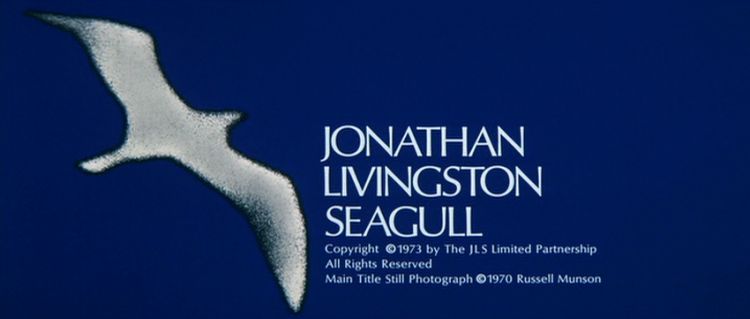

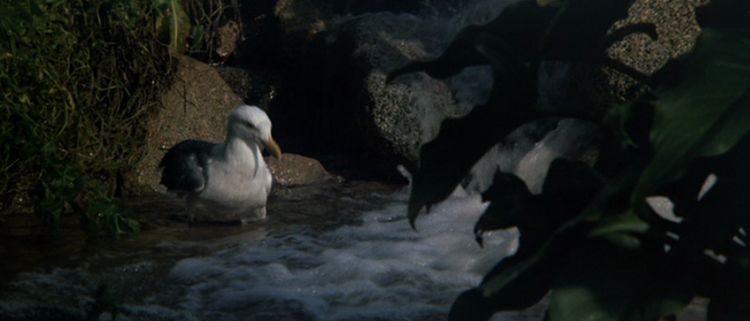
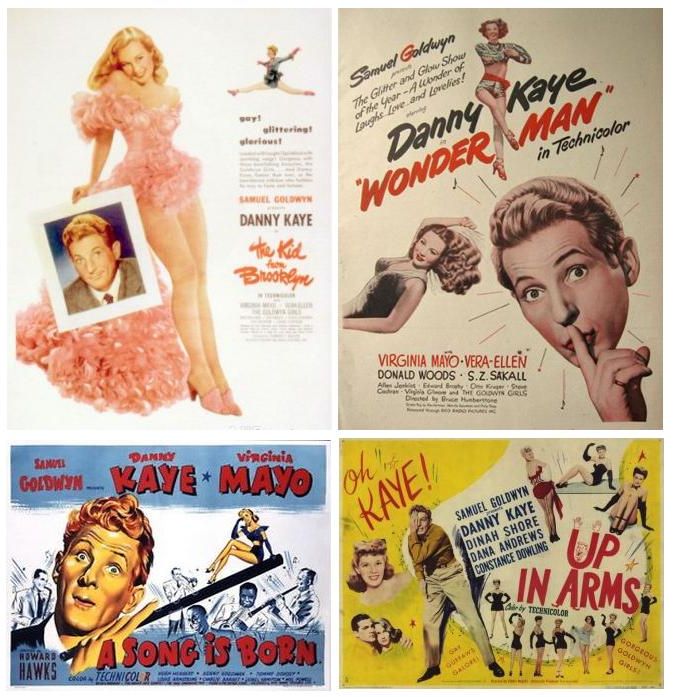
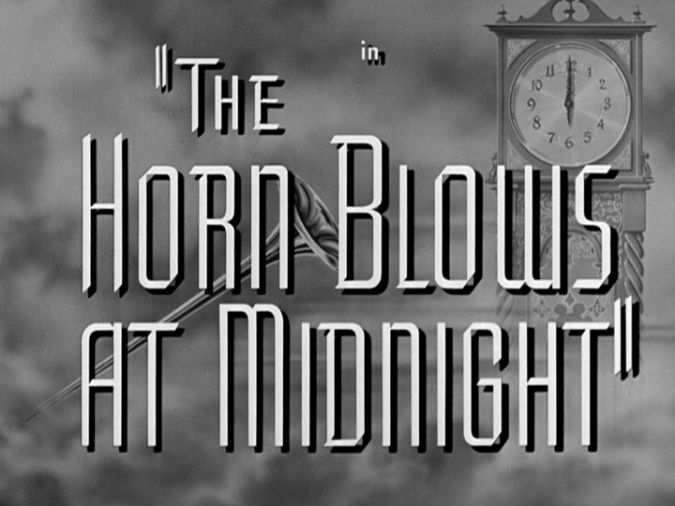
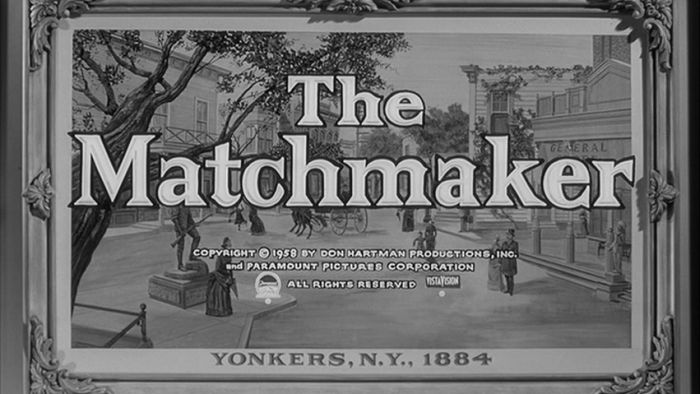
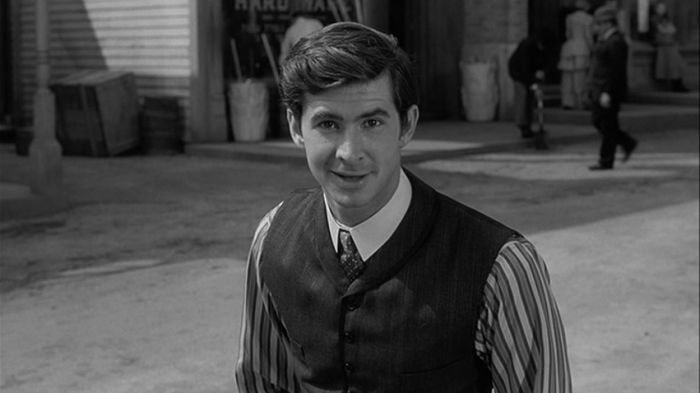
When I was younger and far too cool for whimsy – let alone movie actors archly addressing the audience – I gave up on The Matchmaker after about 20 minutes and never bothered to check it out again. But I’ve gained so much more respect for Thornton Wilder since, and you’ve made it sound so delightful, that I think I’ll be tracking it down now.
Nobody has to sell me on Horn Blows at Midnight, though; I’ve always had a soft spot for that one. Hell, for anything with Jack Benny, for that matter. Nice to know that these are all available again.
I accidentally caught The Matchmaker on one of those Encore-Starz channels so long ago it was before TCM, and I was really taken by it, though I did find the first act a touch dull. This time it didn’t seem so staged, maybe because the DVD is in VistaVision, and I saw it in pan & scan, which makes a surprising difference in this case. I hope you like it!
the film was a notorious flop
I seem to recall it was Roger Ebert who used the words “vomitous theosophy” in his review of the film version of JLS.
Somehow, I managed to avoid seeing The Horn Blows at Midnight until just a few months ago. I don’t know what could have soured Jack Benny on it, but I thought it was a marvelous screwball comedy.
Horn Blows at Midnight was a flop at the box office, and the film career Benny seemed headed for in 1942 was effectively ended by HBaM’s failure. He made it into a running gag for the rest of his career, though, so it wasn’t a total loss.
Ebert, by the way, only saw 45 minutes of the film. I’m not saying it gets any better after the 45-minute mark, but some of the hate against JLS was from better-than-thou types who thought Richard Bach, Neil Diamond and Hall Bartlett were terribly middlebrow with undeserved delusions of artistry. And while these critics may have been right, they rarely bothered to explain their reasoning, instead sniffing with disdain and acting as though they were special snowflakes who would be damaged if they had to engage with a film/book that was beneath them. Ebert was the sniffiest of the lot, and his review fails to meet my personal minimum requirement for film criticism: watching the whole damn movie.
He does make a good point that the gulls appeared to be actually injured in the film, and newspapers reported that idiots working on the film literally bleached gulls and killed them. I should add that to this post; I always add content warnings for animal issues and this qualifies.
Yeah, I can see how that could have influenced Benny’s attitude. What a shame, because THBaM clearly deserved a better reception.
As for Ebert’s review of JLS, I once saw a user review on IMDB, in which the clown actually admitted right off the bat that he/she hadn’t even seen the movie. (And they only gave it two stars.) Now that’s what I call chutzpah!
But yeah, I get your point. Especially as applied to paid critics. Even though the probability that sometime after the 45-minute mark it was suddenly going to become a good, much less great, movie was close to zero, Ebert was paid to review the film, not a piece of it.
At the same time, I can’t entirely blame someone for having a sniffy attitude toward JLS. From what I recall, it was one of those slender volumes — like “Love Story” and “The Prophet” — which virtually overnight seemed to be everywhere, to be prominently displayed and endlessly enthused over by some of my more insufferable schoolmates.
The book JLS is perfect for readers in the 12-14 age range, I think, kids just starting to struggle with their discovery of the limitations placed on them by society. My gut feeling is that in 1970, people were clamoring for something simple and kind and affirming, and JLS delivered, or so they thought. Nowadays we look back at it and think it’s too simple and not kind enough, but that’s in part due to the difference in cultural temperament.
What I think is interesting is that the movie seems to be philosophically saying something it had no intention of saying, but I haven’t fully formed my thoughts on this yet, and there’s a lengthier post in this somewhere, so I can’t elaborate too much. But there’s some really strange doin’s in that film and it deserves a deeper look, IMO.
“Catch-22” was kind of a bible to my oddball group of friends back then, so you can just imagine how we regarded stuff like JLS. As I remember the zeitgeist, though, your intuition makes a great deal of sense.
That lengthier post sounds like it should be interesting, whenever it appears. (Hopefully in the not-too-distant future.)
Never understood the popularity of Danny Kaye. I didn’t find him funny as a kid and 50 years later I still don’t find him funny.
I admit I find him MUCH funnier now than I used to. We watched Walter Mitty in high school one year and I loathed him, but since then I’ve grown to like him. There are moments of The Court Jester that are sublime. (That movie’s not in this set, though.)
Never saw The Horn Blows at Midnight until it was on TV recently. But I remember a radio play version of it back in the day, and the plot always intrigued me. Never forgot the premise, though I never remembered the ending.
I need to check that out, I think it would make a terrific radio show, and as much as I love Jack Benny movies, he was even better on the radio.
A Song Is Born is a remake of the Gary Cooper/Barbara Stanwyk vehicle Ball Of FIre. It’s one of the rare instances where both the original and the remake are worth watching.
Absolutely. For sheer classic Hollywood filmmaking, BALL OF FIRE is better, but there is so much in A SONG IS BORN that is worthwhile that it’s a strong second-place contender.
Boy, Gypsy Rose Lee sure got a lot of mileage out of her semi-fictional autobiography, didn’t she? There were at least five movies based on it that I can think of off the top of my head (these two and DOLL FACE, GYPSY and LADY OF BURLESQUE) plus the book itself, the stage play… dang.
Ebert says he left during the scene where Jonathan drags himself onto a piece of floatsam. And that’s actually only about 20 minutes into the movie.
WOW. You know, there were multiple times Ebert didn’t watch the entire film. I wish I could remember the two I’m thinking of, though I do know the most recent one was about three years ago, an indie release which he slammed viciously, but thanks to the internet word spread quickly and he had to go back and apologize and watch the whole thing.
I suspect he didn’t watch the entire film on multiple occasions and just never admitted it. Lots of his reviews, from Lenzi’s ORGASMO to the first UNIVERSAL SOLDIER and other low-budget B movies are full of stuff about other films or other actors, and I always wondered if it was padding.